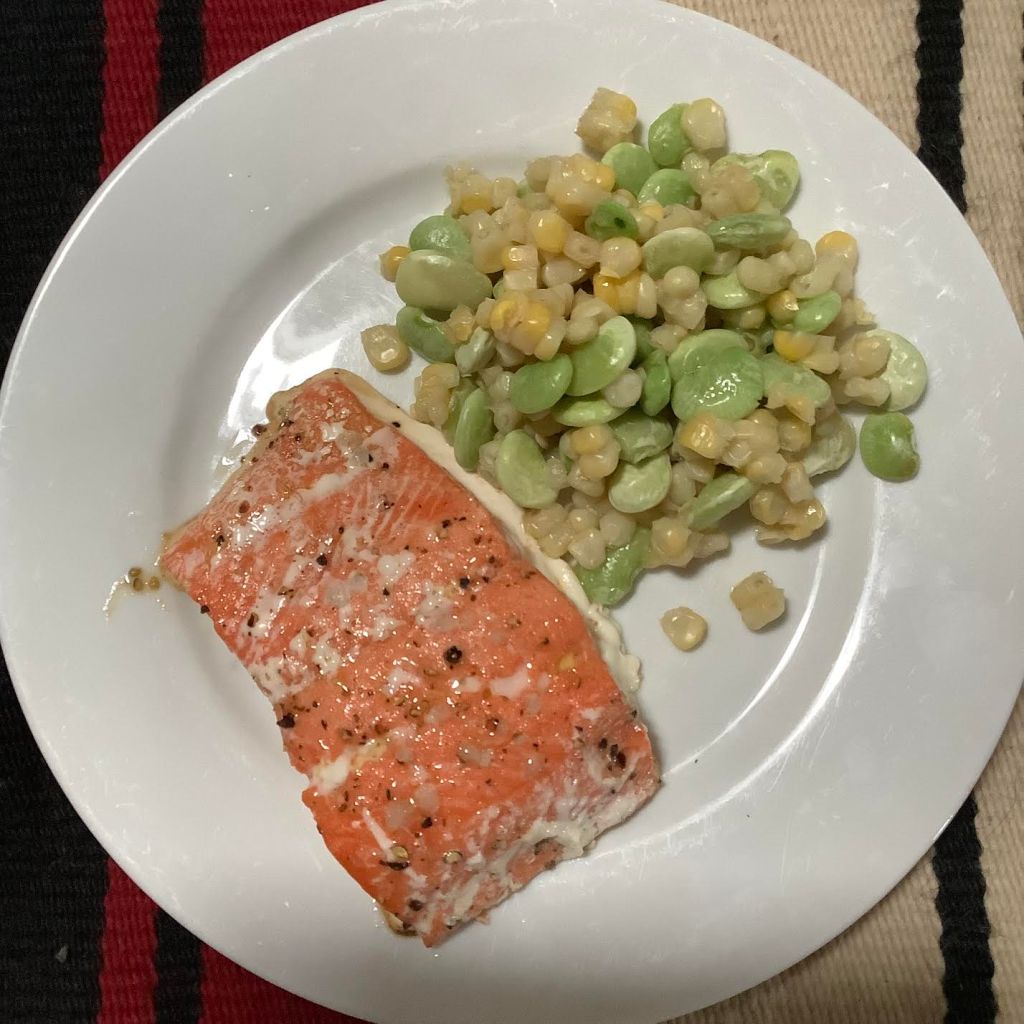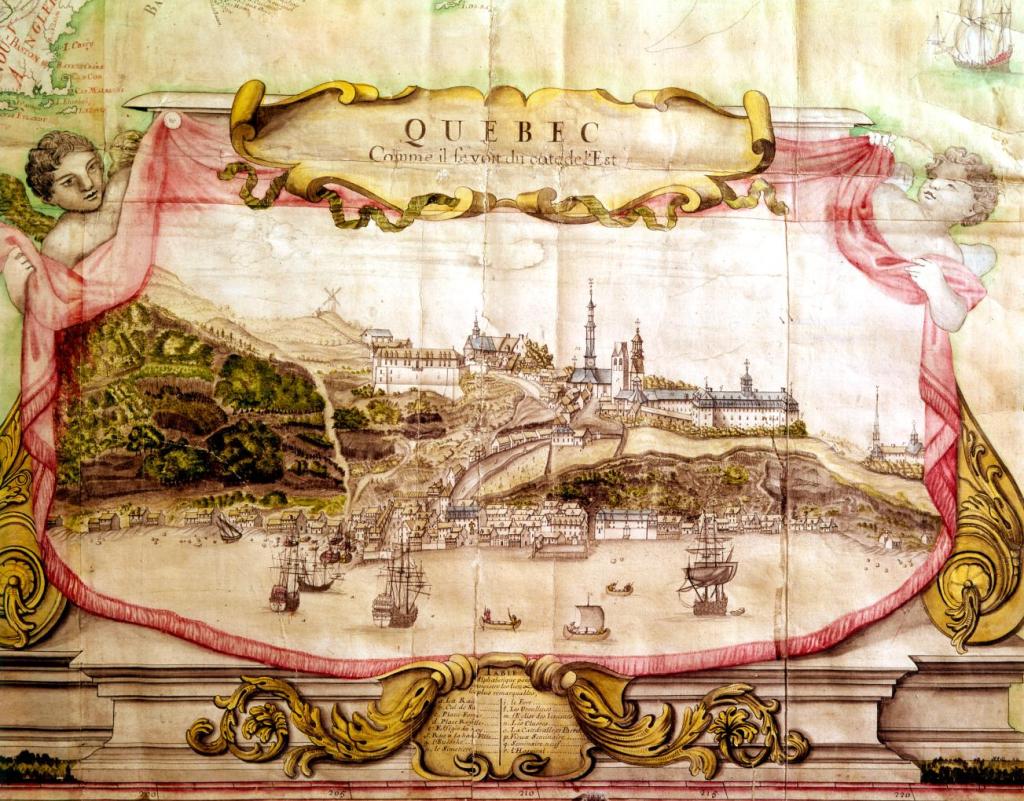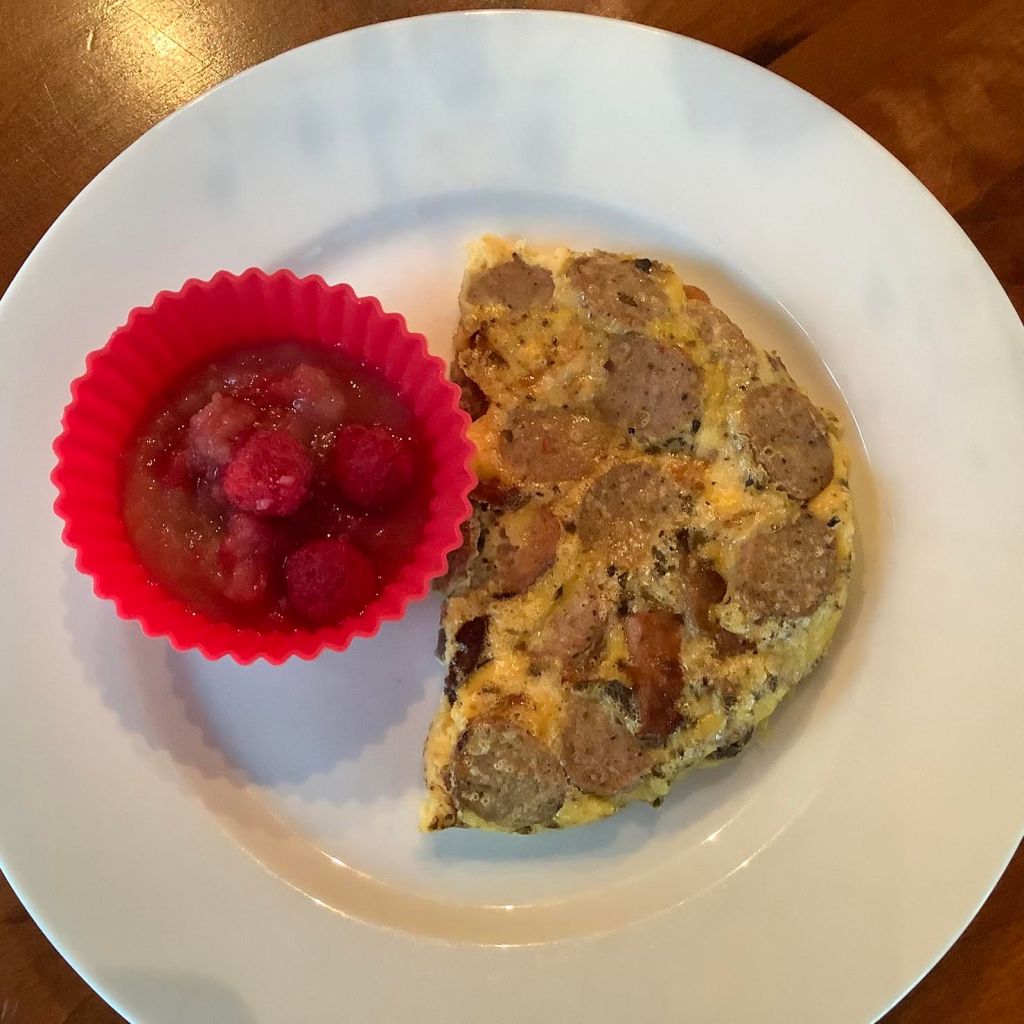How this Fast Diet Lifestyle works: Eat these meals tomorrow, for a calorie total of less than 600. On another day this week, eat the meals from a different post, another day of eating 600 calories or less. Eat sensibly the other days of the week. That’s it: a simple way to lose weight and be healthier. Welcome to David Nebot Ibáñez who is now Following.
When Samuel de Champlain sailed up the Saint Lawrence River in 1608, perhaps he thought that he had found the fabled Northwest Passage through North America to the Pacific. Instead he ended up in a place with a great potential. The broad river narrowed as it turned, and it was dominated by huge cliffs. Below the cliff was a low, flat area for landing boats. This was a natural fortress and on July 3, Champlain claimed it as the site for his trading post: fur trappers and explorers seeking trade. The area was called Québec, from the Algonquin language, meaning ‘where the river narrows.’ For a few years, it was run by distant France, but it 1645, it came under local control and grew into a real settlement: priests and nuns set up schools for the population influx. When Louis XIV named it the capital of New France, the town grew: bureaucrats, soldiers, and nobility seeking status and wealth. Government buildings and residences were built on the heights, surrounded by a palisade. The lower town bustled with merchants, tradespeople and their houses. In the mid-1600s, Québec City had a cathedral [Notre-Dame de Québec, 1647], the Jesuit College [1637] and a seminary [which became Université Laval]. Tensions between France and England lead to the Battle of Quebec in 1759, when British rule ensued. Trade in lumber became the new cash cow for the port as Québec tried to strike a balance between its French past and the modern British influence. They succeeded well: the Old Town, with its fortifications, its elegant upper town and tourist-quaint lower town, is a destination for those seeking a sojourn in the most European city in North America.
Preserved meat and local mushrooms no doubt were common menu items in early New France. If the colonizers had been smarter, they would have eaten more like their indigenous neighbors, as we will do at dinner.
Mushroom-Sausage Bake: 138 calories… 7.6 g fat… 0.5 g fiber… 10.5 g protein… 6.5 g carbs… 40 mg Calcium NB: The food values given above are for the egg bake and fruit only, not the optional beverages. PB GF This is a happy combination of flavors, especially when mushrooms are fresh.
1 chicken breakfast sausage at 33 calories each 1 two-oz egg ¼ oz mushrooms ¾ tsp Parmesan cheese, grated 1.5 oz unsweetened applesauce Optional: 5 oz fruit smoothie or berry-yogurt smoothie [88 calories] Optional: blackish coffee [53 calories] or blackish tea or mocha cafe au lait [65 calories] or lemon in hot water
Cook the mushrooms [if raw] by poaching in a little hot water for a minute, then chop. Slice sausage thinly. Spritz a ramekin with oil or non-stick spray and set the toaster oven at 350F degrees. Put sausage slices in the baking dish. Whisk the egg with the mushrooms and cheese, and pour into the ramekin. Bake 12-15 minutes. Spoon out the applesauce and pour the beverages.
Abenaki Feast: 281 calories 6 g fat 5 g fiber 27 g protein 36.4 g carbs 13 mg Calcium PB GF This meal is made from ingredients available to the Abenaki People of Northern New England: corn, shell beans, salmon, and maple syrup. A fine feast for Indigenous Peoples and the rest of us too. The salmon I chose is from the West Coast, but that is because there is very little wild salmon left in the North-East.

3.5 oz salmon, such as wild-caught Sockeye 2 tsp real maple syrup ¼ c lima beans 1/3 c corn kernels
Choose a heavy saute pan with a lid and spray it with cooking oil. Place the fish in the pan and brush it with some of the maple syrup – using just enough to cover the fish but not so much that it runs into the pan. Salt and pepper it, cover and cook on medium-high for 4 minutes. Combine the vegetables, and warm them gently. Uncover the fish, brush with more syrup, cover and cook another 2 minutes. Brush on the remaining syrup, cook fish until it is done. Plate and enjoy a proper pre-colonial meal.


